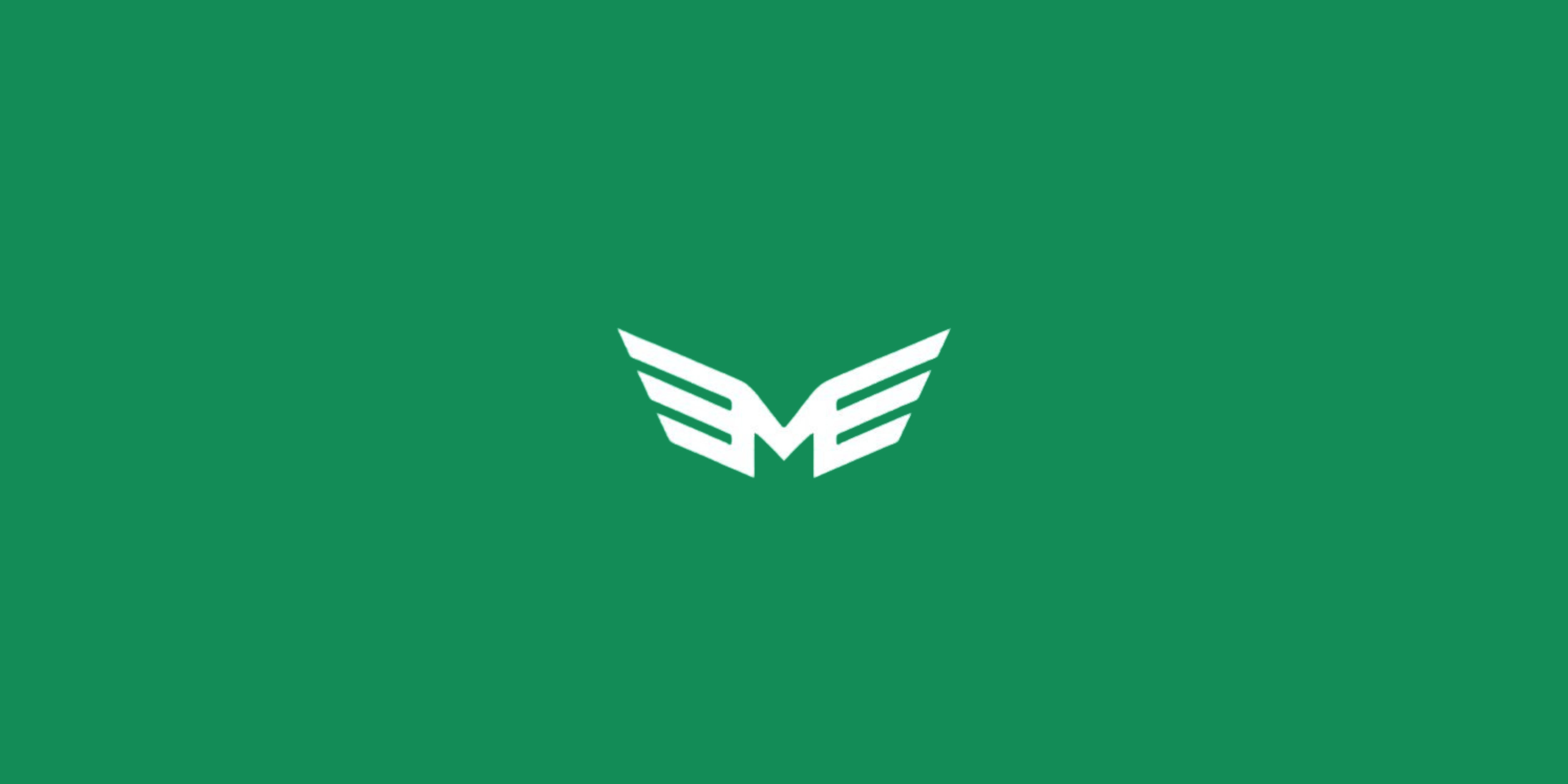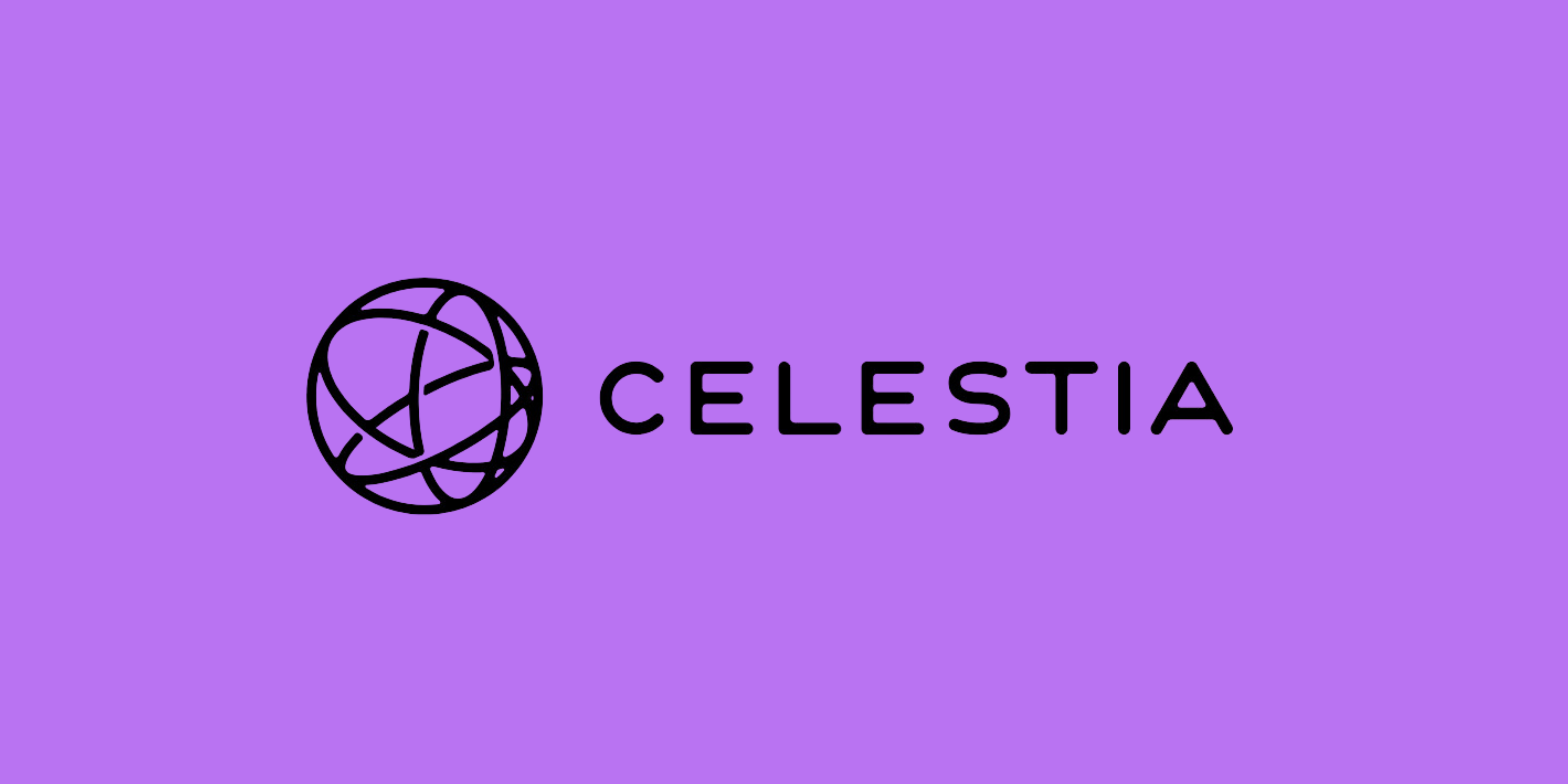Introduction
Morpheus AI represents a groundbreaking venture in decentralized artificial intelligence (AI). The network aims to create a secure, scalable, decentralized ecosystem for general-purpose AI, utilizing the MOR token to incentivize contributions and access compute resources. Built on the innovative Lumerin architecture, initially designed for decentralized Bitcoin mining, Morpheus AI seeks to revolutionize the AI landscape by offering a robust platform for developers, hardware providers, and capital contributors.
Innovation
Morpheus AI stands out as the first peer-to-peer network dedicated to general-purpose AI. Using the MOR token provides a unique economic model that rewards contributors and ensures equitable access to compute resources. By integrating the Lumerin architecture, Morpheus AI introduces a new paradigm in decentralized computing, enhancing security, scalability, and efficiency in AI model deployment and inference.
Morpheus Architecture
The Morpheus network is anchored in the Lumerin architecture, which is adapted to meet the specific needs of AI applications. The architecture supports decentralized and anonymous interactions between AI users, compute providers and smart agents. Fundamental design principles include:
- Eliminating single points of failure.
- Providing a unified software solution for providers and users.
- Minimizing on-chain transactions.
- Maintaining privacy and node security.
This comprehensive approach ensures a robust and flexible system supporting diverse AI models and use cases.
Code Quality
Morpheus AI emphasizes high-quality code contributions, with developers incentivized through MOR rewards. The network’s commitment to a rigorous development process is evident in its focus on security, efficiency, and scalability. Using a unified software solution helps maintain consistency and simplifies maintenance, while the emphasis on minimizing on-chain transactions reduces operational costs and enhances performance.
Product Roadmap
The Morpheus network’s product roadmap outlines a clear path for future development and growth. Key milestones include:
- Expanding the network’s computing capabilities.
- Enhancing the MOR token’s utility.
- Broadening the range of supported AI models.
The roadmap also highlights plans to integrate additional privacy and security features, further strengthening the network’s appeal to developers and end-users.
Usability
Morpheus AI prioritizes ease of use for both providers and users. The network’s unified software solution streamlines contributing compute resources or accessing AI services. Additionally, the MOR token’s utility model simplifies transactions within the network, making it easy for participants to stake tokens and receive proportional access to compute resources.
Team
The Morpheus AI team comprises experienced professionals with blockchain, AI, and decentralized computing backgrounds. Their combined expertise provides a solid foundation for the project’s development and innovation. The team’s commitment to transparency and community engagement further strengthens the project’s credibility and trustworthiness.
Conclusion
Morpheus AI offers a novel and promising approach to decentralized AI, leveraging peer-to-peer networking and the MOR token to create a secure and scalable ecosystem. Integrating the Lumerin architecture enhances the network’s resilience and efficiency, making it a compelling choice for developers, hardware providers, and capital contributors. As the network evolves, it holds the potential to drive significant innovation and adoption in the decentralized AI space, offering a collaborative and inclusive platform for AI development and deployment.
| Initial Screening | |||
| Keep researching | |||
| Does this project need to use blockchain technology? | Yes | ||
| Can this project be realized? | Yes | ||
| Is there a viable use case for this project? | Yes | ||
| Is the project protected from commonly known attacks? | Yes | ||
| Are there no careless errors in the whitepaper? | Yes | ||
| Project Technology Score | |||
| Description | Scorecard | ||
| Innovation (Out Of 11) | 8 | ||
| How have similar projects performed? | Good | 2 | |
| Are there too many innovations? | Medium | 1 | |
| Percentage of crypto users that will use the project? | 6%-10% | 3 | |
| Is the project unique? | Yes | 2 | |
| Architecture (Out of 12) | 11 | ||
| Overall feeling after reading whitepaper? | Good | 2 | |
| Resistance to possible attacks? | Good | 2 | |
| Complexity of the architecture? | Not too complex | 2 | |
| Time taken to understand the architecture? | 20-50 min | 1 | |
| Overall feeling about the architecture after deeper research? | Good | 4 | |
| Has the project been hacked? | No | 0 | |
| Code Quality (out of 15) | 13 | ||
| Is the project open source? | Yes | 2 | |
| Does the project use good code like C,C++, Rust, Erlang, Ruby, etc? | Yes | 2 | |
| Could the project use better programming languages? | No | 0 | |
| Github number of lines? | More than 10K | 1 | |
| Github commits per month? | More than 10 | 2 | |
| What is the quality of the code? | Good | 2 | |
| How well is the code commented? | Good | 1 | |
| Overall quality of the test coverage? | Outstanding | 2 | |
| Overall quality of the maintainability index? | Good | 1 | |
| When Mainnet (out of 5) | 5 | ||
| When does the mainnet come out? | Mainnet | 5 | |
| Usability for Infrastructure Projects (out of 5) | 5 | ||
| Is it easy to use for the end customer? | Yes | 5 | |
| Team (out of 7) | 5 | ||
| Number of active developers? | 5+ | 2 | |
| Developers average Git Background? | Intermediate | 1 | |
| Developers coding style? | Solid | 2 | |
| Total Score (out of 55) | 47 | ||
| Percentage Score | |||
| Innovation | 14.55% | ||
| Architecture | 20.00% | ||
| Code Quality | 23.64% | ||
| Mainnet | 9.09% | ||
| Usability | 9.09% | ||
| Team | 10.91% | ||
| Total | 85.45% |





